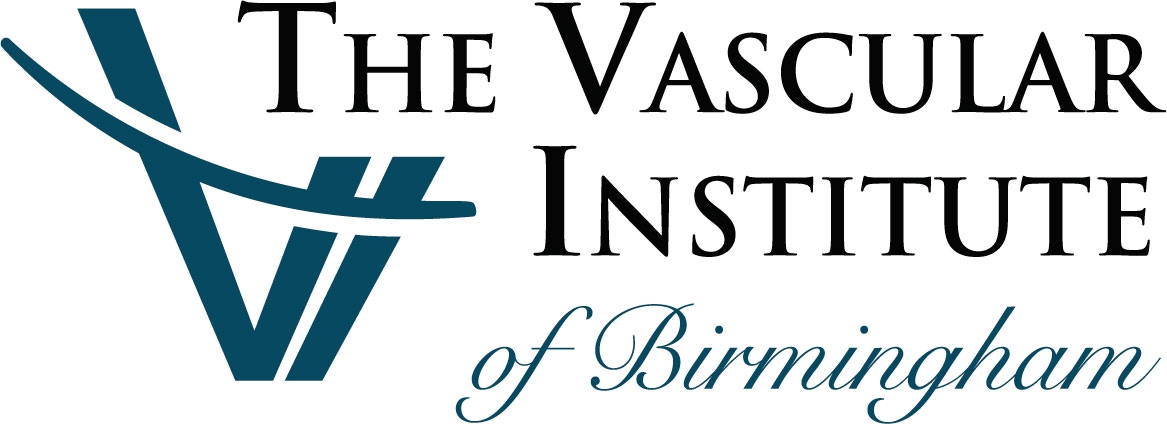Overview:
An aneurysm occurs when part of an artery’s wall weakens. This allows the artery to balloon out or widen abnormally. This bulge can rupture and cause internal bleeding. The most common aneurysms are located in the brain, aorta, legs, and spleen. Unfortunately, 13,000 deaths occur each year from aneurysms.
Causes:
Aneurysm’s can be caused from several different factors and are sometimes unknown. Some may be congenital, meaning a person is born with them. Aortic disease or an injury may also cause an aneurysm.
- Damaged tissue
Damaged tissue is a result from the artery’s wall weakening.
- High blood pressure
A significantly higher blood pressure can increase the risk for heart, blood vessel, and circulation problems. Higher-than-normal blood pressure doesn’t necessarily put you at risk for an aneurysm. However it does increase artery stress.
- Blockages (fatty deposits)
Blockages make the heart pump harder than necessary to push blood past the fatty build-up.
Symptoms:
- Bleeding
- Increased Heart Rate
- Pain
- Feeling Dizzy + Lightheaded
Risk Factors:
- Diet in high fats + cholesterol
- Family history of heart conditions – both heart disease and heart attacks
- Smoking
- Obesity
- Pregnancy – aneurysm of spleen
How To Reduce Your Risk:
- Visit your physician for an annual checkup.
- Change up your diet. Add in more fruits, whole grains, veggies, meat and poultry that is low in fat and cholesterol.
- Exercise, especially cardio, can encourage healthy blood circulation and blood flow through the heart, arteries, and other blood vessels.
- Quit smoking.
